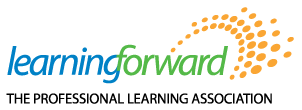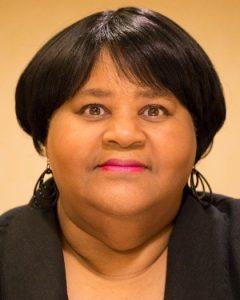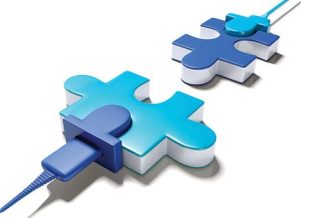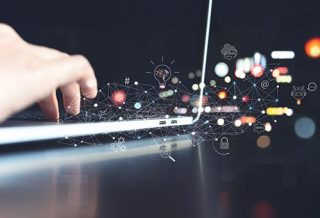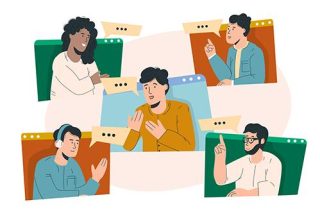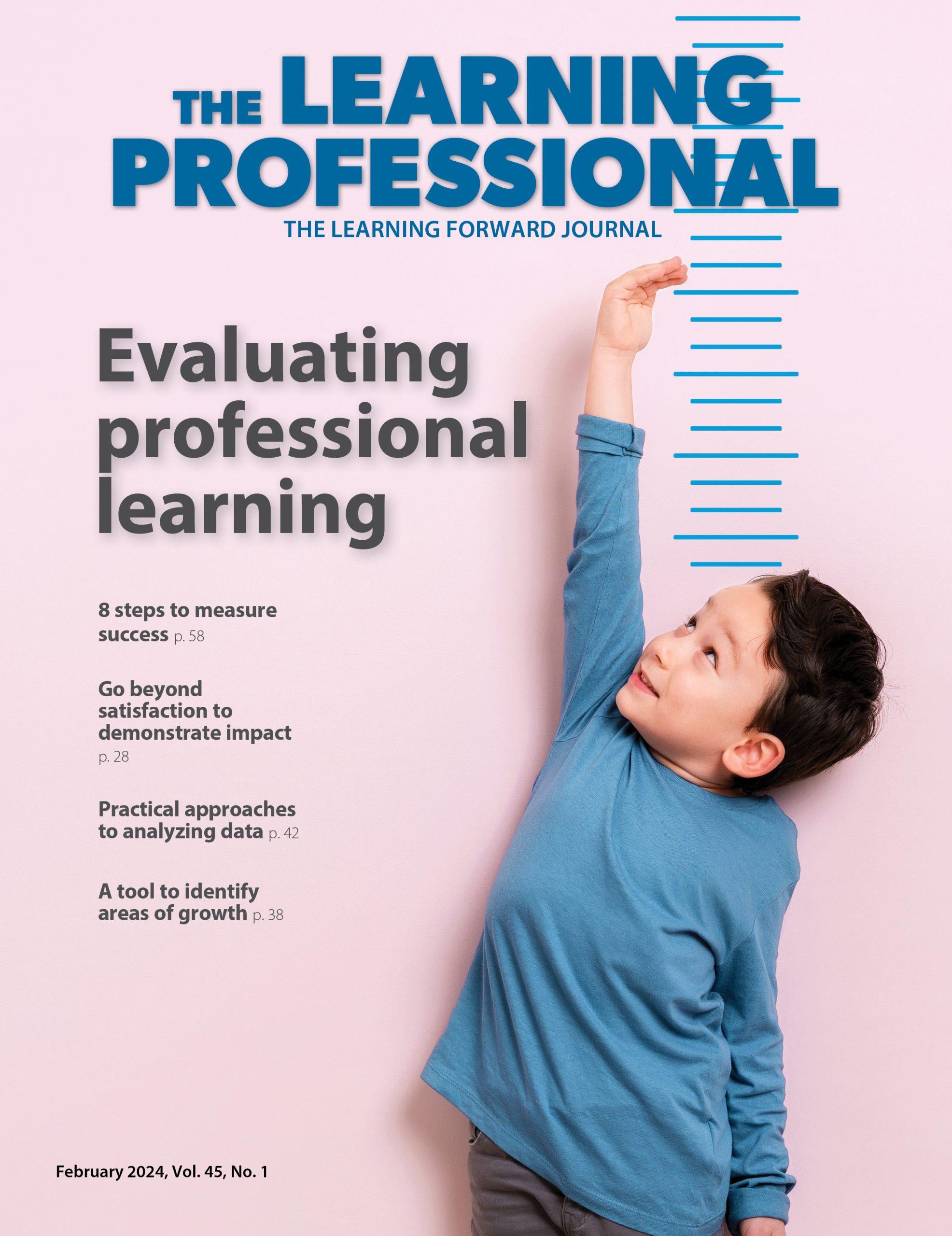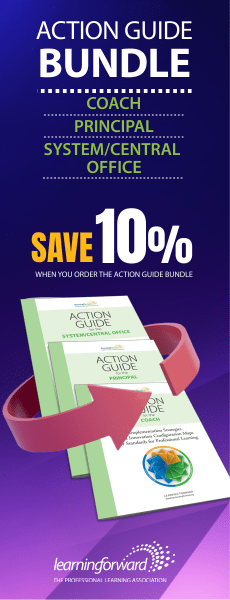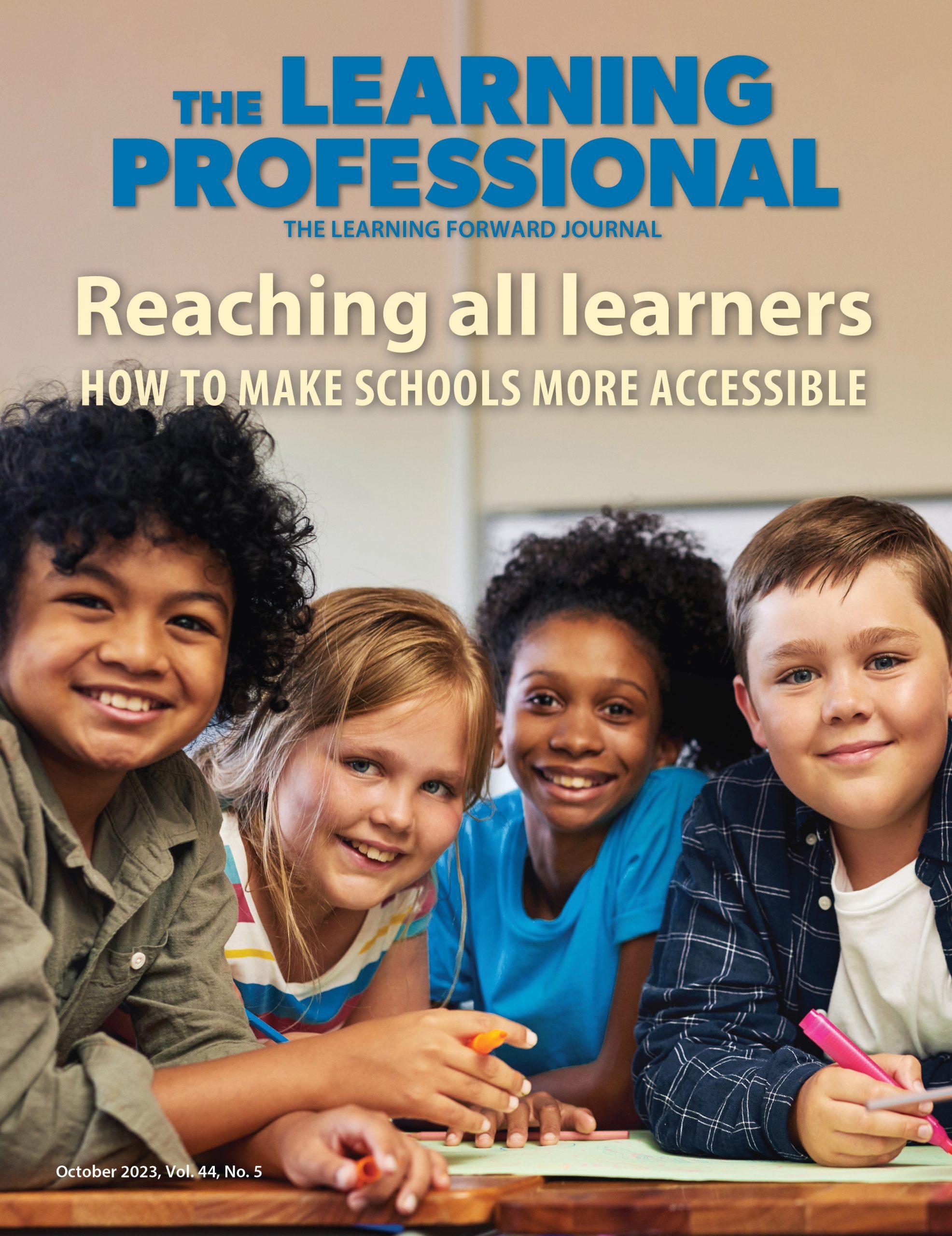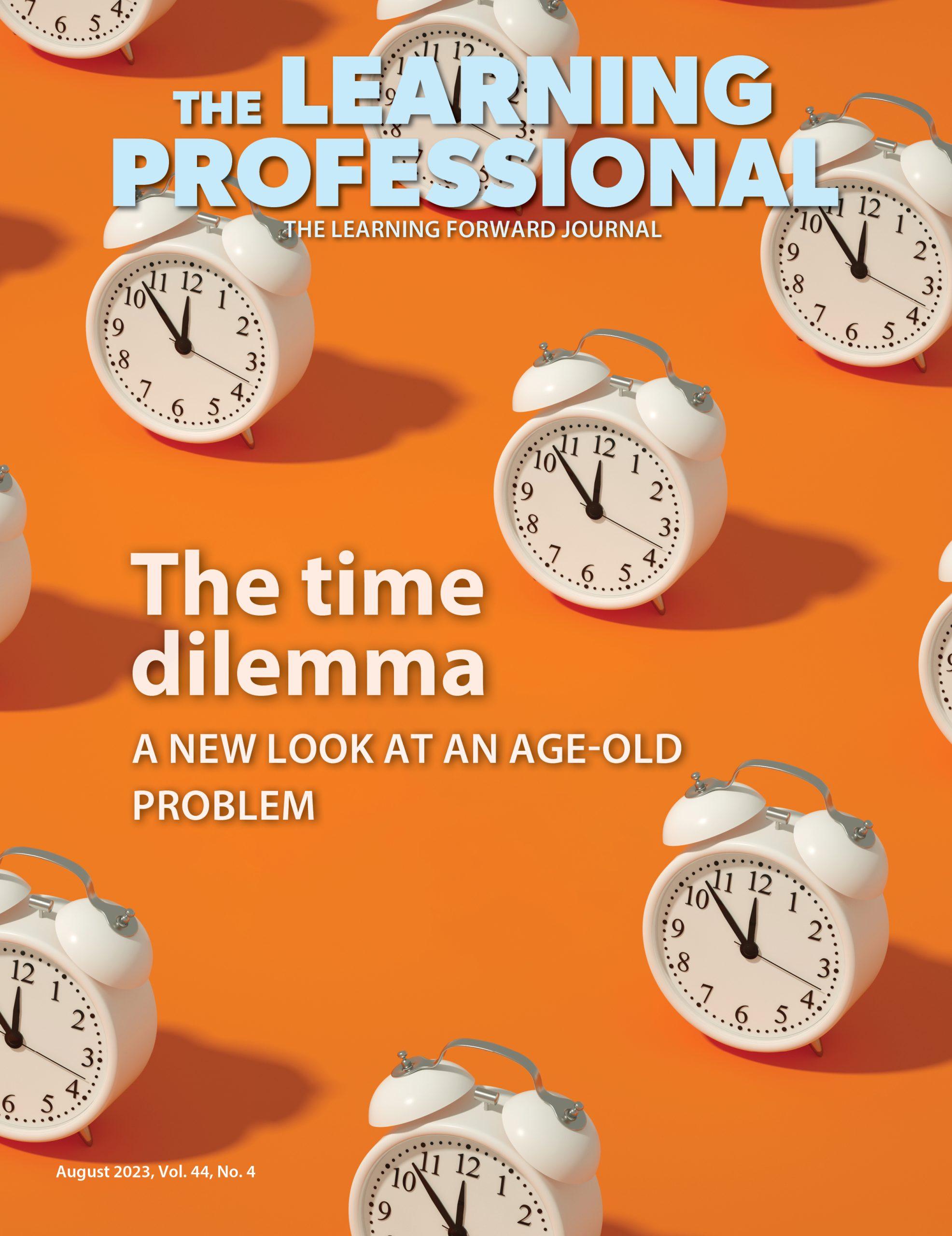FOCUS
Equity standards give us the power to transform ourselves and our schools
By Amy Colton and Virginia Winters
Categories: Equity, Facilitation, Learning communities, Standards for Professional LearningJune 2022
Read the remaining content with membership access. Join or log in below to continue.
Sed ut perspiciatis unde omnis iste natus error sit voluptatem accusantium doloremque laudantium, totam rem aperiam, eaque ipsa quae ab illo inventore veritatis et quasi architecto beatae vitae dicta sunt explicabo. Nemo enim ipsam voluptatem quia voluptas sit aspernatur aut odit aut fugit, sed quia consequuntur magni dolores eos qui ratione voluptatem sequi nesciunt. Neque porro quisquam est, qui dolorem ipsum quia dolor sit amet, consectetur, adipisci velit, sed quia non numquam eius modi tempora incidunt ut labore et dolore magnam aliquam quaerat voluptatem.
References
Brookfield, S.M. (2012). Teaching to critical thinking: Tools and techniques to help students question their assumptions. Jossey-Bass.
Freire, P. (2000). Pedagogy of the oppressed. Bloomsbury Academic.
Harro, B. (2000). The cycle of socialization. In M. Adams, W. Blumenfeld, R. Castañeda, H. Hackman, M.L. Peters, & X. Zuniga (Eds.), Readings for diversity and social justice (pp. 27-34). Routledge.
Howard, G.R. (2015). We can’t lead where we won’t go: An educator’s guide to equity. Corwin.
Learning Forward. (2022). Standards for Professional Learning. Author.
Radd, S. & Macey, E.M. (2013). Equity by design: Developing critical consciousness through professional learning. Great Lakes Equity Center.
Categories: Equity, Facilitation, Learning communities, Standards for Professional Learning
Recent Issues
TAKING THE NEXT STEP
December 2023
Professional learning can open up new roles and challenges and help...
REACHING ALL LEARNERS
October 2023
Both special education and general education teachers need support to help...
THE TIME DILEMMA
August 2023
Prioritizing professional learning time is an investment in educators and...
ACCELERATING LEARNING
June 2023
Acceleration aims to ensure all students overcome learning gaps to do...
